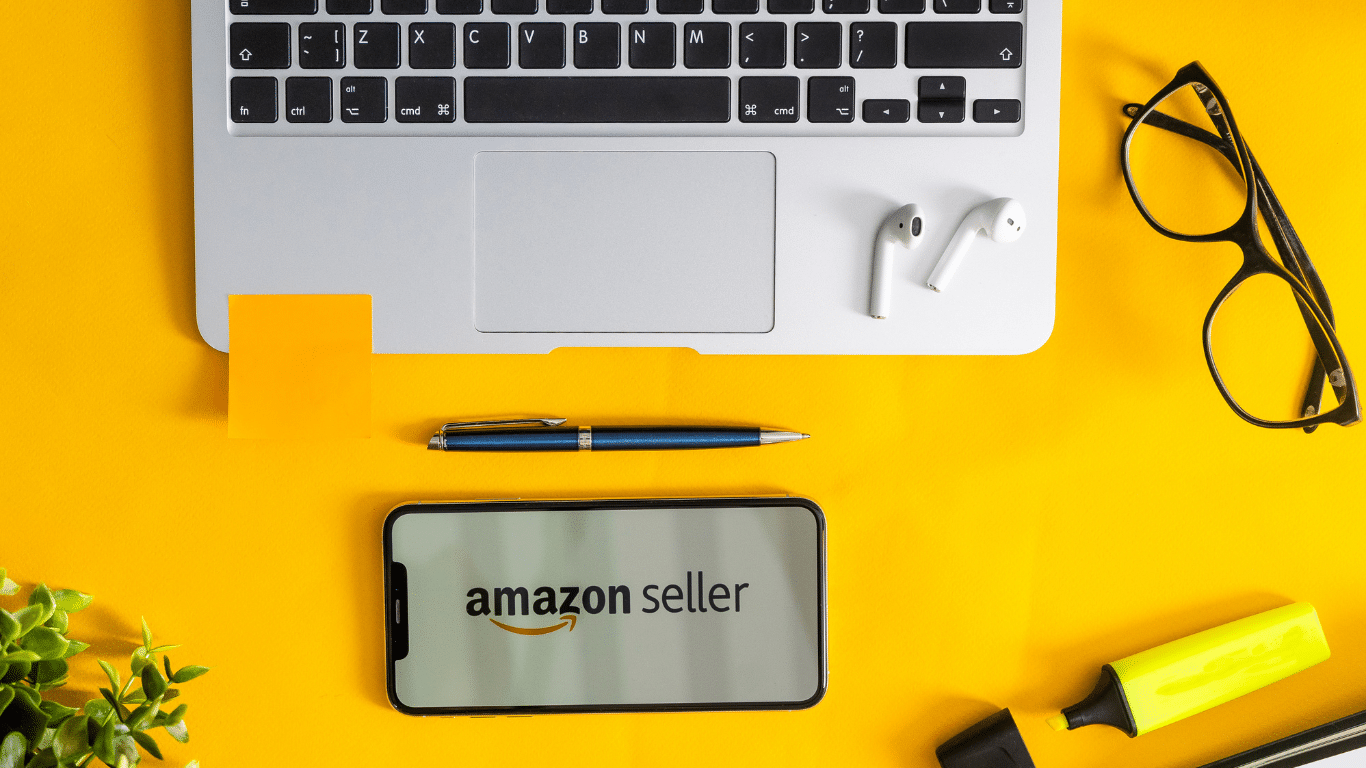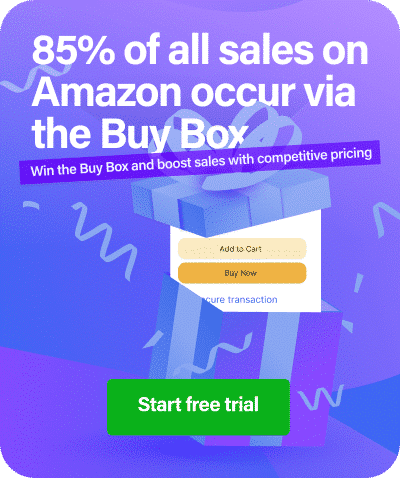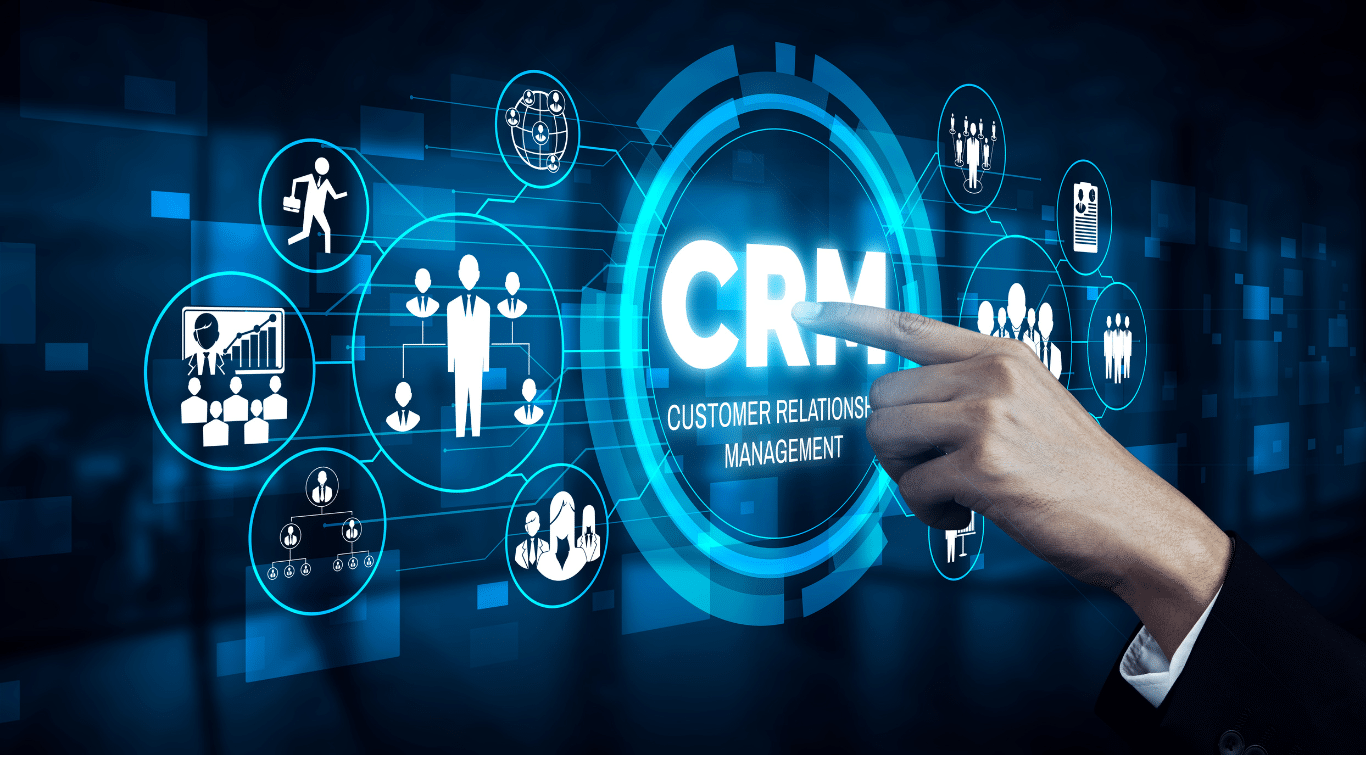You’ve built a successful Amazon business. Your FBA operations are humming, your products are ranking well, and the sales are steady. But deep down, you know something’s missing. You’re building someone else’s empire while your own brand remains invisible to your customers.
If you’re ready to take control of your destiny and build a direct-to-consumer strategy that puts your brand front and center, you’re in the right place. This guide will walk you through everything you need to know about transitioning from Amazon dependence to DTC success, including when it makes sense, what challenges you’ll face, and how to navigate the Shopify vs Amazon decision.
What Is a Direct to Direct-to-Consumer Strategy?
A direct-to-consumer strategy is exactly what it sounds like: selling your products directly to customers without intermediaries. Instead of relying on Amazon, Target, or other retailers, you build your website, cultivate your own audience, and own the entire customer relationship from first click to repeat purchase.
In 2024, direct-to-consumer (D2C) sales in the United States are projected to reach $213 billion, marking a significant increase of approximately 178% since 2019. This explosive growth isn’t happening by accident. Brands are discovering the power of owning their customer data, controlling their messaging, and building sustainable businesses that aren’t at the mercy of platform policy changes.
Why Amazon Sellers Are Making the DTC Migration
The Hidden Costs of Amazon Success
While Amazon FBA offers convenience and access to millions of customers, successful sellers increasingly recognize its limitations. In 2024, the average CPC for Sponsored Products rose by 14% YoY, with ACoS (Advertising Cost of Sale) tightening average margins. Your customer acquisition cost (CAC) keeps climbing while your control over the customer experience keeps shrinking.
Think about it: when someone buys your product on Amazon, they’re not really your customer. They’re Amazon’s customer who happened to buy your product. You can’t email them about new products, you can’t build a relationship with them, and you certainly can’t guarantee they’ll find you again instead of a competitor.
The Power of an Owned Audience
Building a direct-to-consumer strategy means building an owned audience. Instead of hoping customers remember your brand name for their next Amazon search, you can:
- Build an email list of customers who genuinely want to hear from you
- Create personalized experiences that increase lifetime value (LTV)
- Launch new products to an engaged audience without paying Amazon’s advertising costs
- Gather first-party data to improve your products and marketing
Nearly half of businesses prioritize DTC to build stronger customer relationships, and 44% do so to gain a better understanding of their shoppers. When you own the customer relationship, you own your business’s future.
Shopify vs Amazon: The Great Platform Debate
Why Shopify Wins for Brand Building
When considering where to build your website, Shopify consistently emerges as the top choice for Amazon sellers making the DTC transition. Unlike Amazon, where your brand competes for attention with countless others, Shopify lets you create a focused brand experience.
Your Shopify store becomes your digital headquarters. Every element, from colors to the checkout process, reinforces your brand identity. You control the narrative, the customer journey, and most importantly, the customer data.
The Convenience Factor: What You’re Giving Up
Let’s be honest about what you’re leaving behind. Amazon FBA handles storage, shipping, customer service, and returns. Your Shopify store will require you to either handle these yourself or find reliable partners. FBA ensures all orders are eligible for Prime, helps improve search engine visibility, and raises the likelihood of winning the ‘Buy Box’ when the same products are listed by multiple sellers.
But here’s the reality: that convenience comes at the cost of your business independence. Every algorithm change, every fee increase, every policy update can impact your bottom line overnight.
Building Your DTC Strategy: A Step-by-Step Approach
1. Analyze Your Customer Acquisition Cost
Before making any moves, understand your true CAC on Amazon versus the potential CAC for your direct-to-consumer strategy. Amazon is closer to the bottom of the purchasing funnel, meaning customers have high purchase intent, making conversion easier. Your DTC site will need to work harder to convert visitors, but the long-term value makes it worthwhile.
2. Start Building Your Email List Today
Don’t wait until your website is perfect. Start collecting emails through:
- Product inserts in your Amazon orders (following Amazon’s guidelines)
- Social media content that provides value
- Lead magnets, like buying guides or exclusive discounts
3. Choose Your Platform Wisely
While we’re discussing Shopify vs Amazon as primary channels, remember they don’t have to be mutually exclusive initially. Many successful brands use a hybrid approach:
- Keep selling on Amazon to maintain cash flow
- Build your Shopify store to develop your brand
- Gradually shift marketing focus to drive traffic to your owned channels
For those ready to dive deep into Shopify, explore our comprehensive guide on Shopify Alternatives to ensure you’re making the best platform choice for your specific needs.
4. Master Email Marketing
Email marketing becomes your primary tool for nurturing customer relationships and driving repeat purchases. Unlike Amazon, where customer communication is severely limited, your email list lets you:
- Welcome new customers with onboarding sequences
- Share your brand story and values
- Announce new products to engaged subscribers
- Re-engage past customers with personalized offers
The Shopify Advantage: Tools and Integrations
Essential Apps for DTC Success
One of Shopify’s greatest strengths is its ecosystem of apps designed specifically for DTC brands. From abandoned cart recovery to advanced analytics, you can customize your store’s functionality to match your business needs.
Check out our curated list of Best Shopify Apps to supercharge your store from day one.
Inspiration from DTC Success Stories
Learning from brands that have successfully made the transition can accelerate your journey. Our roundup of Best Shopify Stores showcases diverse approaches to DTC success, from minimalist design to content-rich experiences.
The Reality Check: Challenges You’ll Face
Higher Initial Customer Acquisition Costs
Your DTC customer acquisition cost will likely be higher initially than your Amazon CAC. You’re building brand awareness from scratch and competing against established companies with bigger advertising budgets. However, the lifetime value of DTC customers typically far exceeds Amazon customers due to the relationship you build.
Operational Complexity
Managing inventory, shipping, and customer service requires either building internal capabilities or partnering with reliable service providers. Established D2C brands brought in around $135 billion in e-commerce sales in 2023, and by 2025, this number is expected to jump to $187 billion. This growth creates opportunities for specialized service providers to support DTC brands.
The Long Game Mindset
Unlike Amazon, where you might see results within weeks, building a successful direct to consumer strategy takes months or years. You’re building a brand, not just selling products.
Advanced DTC Strategies for Long-Term Success
Leveraging Customer Data
Your brand.com website becomes a data goldmine. Unlike Amazon, where customer insights are limited, your DTC platform provides detailed analytics about customer behavior, preferences, and purchasing patterns. Use this data to:
- Optimize your product offerings
- Improve your marketing messaging
- Personalize the customer experience
- Identify opportunities for new products
Building Community Around Your Brand
Gen Z spending, which is growing twice as fast as previous generations’ spending did at the same age, is on pace to eclipse baby boomers’ spending globally by 2029. These younger consumers expect more than transactions—they want relationships with brands that share their values.
Create community through:
- Social media engagement that goes beyond product promotion
- User-generated content campaigns
- Exclusive events for customers
- Educational content that solves problems beyond your products
Integrating Repricing Strategy in Your DTC Journey
If you’re maintaining a presence on Amazon while building your DTC strategy, pricing optimization remains crucial. Our Shopify Repricing Integration can help you maintain competitive pricing across channels while protecting your margins.
For more insights on managing multi-channel pricing strategies, explore our Shopify Archives for detailed guides and case studies.
Your Next Steps: From Amazon Seller to DTC Brand Owner
Start Small, Think Big
You don’t need to abandon Amazon overnight. Start by:
- Setting up a basic Shopify store to test the waters
- Implementing email capture strategies in your current Amazon business
- Creating content that showcases your brand story
- Testing small advertising budgets on Facebook and Google to understand your DTC customer acquisition cost
Measure What Matters
Track metrics that matter for long-term success:
- Customer lifetime value (LTV)
- Email list growth rate
- Repeat purchase rate
- Customer acquisition cost by channel
- Brand awareness and recall
Stay Customer-Centric
Whether you’re selling on Amazon or your own website, a successful DTC strategy always comes back to understanding and serving your customers better than anyone else. Yet only 14% of consumers believe brands always communicate honestly. That means there’s lots of potential for DTC brands to step up to the plate, get to know their customers, and anticipate their needs.
The Bottom Line: Building Your Business for the Future
Making the transition from Amazon dependence to a direct-to-consumer strategy isn’t just about changing sales channels. It’s about building a sustainable business that you truly own. Yes, you’ll give up some of Amazon’s conveniences. Yes, you’ll face new challenges and higher initial costs.
But you’ll also gain something invaluable: control over your destiny.
The most successful DTC brands don’t see this as an either/or decision. They use Amazon as one channel while building their audience and optimizing their brand experience. They understand that customer acquisition cost is an investment in building lifetime value and that email marketing and owned audiences create sustainable competitive advantages.
Your Amazon success proves you can build and scale a product business. Now it’s time to build a brand that belongs to you, serves customers on your terms, and creates the foundation for long-term wealth.
The question isn’t whether you should build a direct-to-consumer strategy. The question is: how quickly can you start building the business you truly want to own?
Get Started Today – Book Your Demo and begin building your independent brand.





